The Ergonomic Advantage: Promoting Health and Wellbeing in the Workplace
How could the concept of Ergonomics add value to overall wellness while at work?

This necessitates a holistic comprehension of ergonomic considerations, including physiological, psychological, and institutional factors, to engineer work systems that prioritise safety, effectiveness, and user comfort (2,3). This field encompasses a broad range of factors, including the creation of instruments and machinery, the organisation of work environments, and the establishment of operational protocols. The primary objective is to reduce the likelihood of accidents and enhance overall well-being (2,3).
This field of study represents an application of scientific
principles to the development of products and methodologies that prioritise
maximal efficiency and safety (4). It considers the worker's capabilities and
limitations in seeking to ensure that tasks, equipment, information, and the
environment suit each worker (3,4). The field of ergonomics aims to enhance
workplace conditions and optimise the relationship between individuals and
their occupational tasks (3,4).

Within the field of ergonomic workplace health promotion, a range of healthcare specialists contribute significantly. The multidisciplinary nature of ergonomics allows for a comprehensive approach to workplace health. Biokineticists, physiotherapists, doctors, human resources professionals, and sports scientists can all contribute their unique expertise to create safer, more efficient work environments. By integrating ergonomic considerations into their practice, these professionals can significantly impact employee health, productivity, and overall organizational performance, positively.
The necessary skills to improve well-being in the workplace are possessed by health professionals, inclusive of researcher scientists in the area of human movement science, ergonomics, public health (workplace wellness) and physiological sciences. These experts are able to adopt ergonomic principles which would have been covered in their basic training (at MBChB or BA/BSc Honours level), to assist companies to prioritize employee health during work hours. As such, these professionals are able to adapt current office equipment, or order new ergonomically friendly office equipment as they excel in assessing workplace settings and other areas of productivity. As such, they are able to identify ergonomic risks, and assist in developing tailored solutions to address specific office needs, and more importantly, tailor approaches to the needs of each employee, given the uniqueness of each individual on staff.
Their combined expertise and skills allow them to successfully apply ergonomic principles, thus contributing to enhanced occupational well-being.
• Doctors can incorporate ergonomic principles into their treatment plans, potentially reducing the recurrence of work-related injuries.
By adapting work environments and tasks to suit human capabilities and limitations, organizations have the potential to alleviate the burden of out-dated office equipment that may, according to published literature, are contributing to the increase in risk for posture, musckuloskeletal disease, and risk for injury. As part of health promotion, neutralising these spaces with ergonomic interventions may create a culture of health and safety that benefits employees and the organization at large.
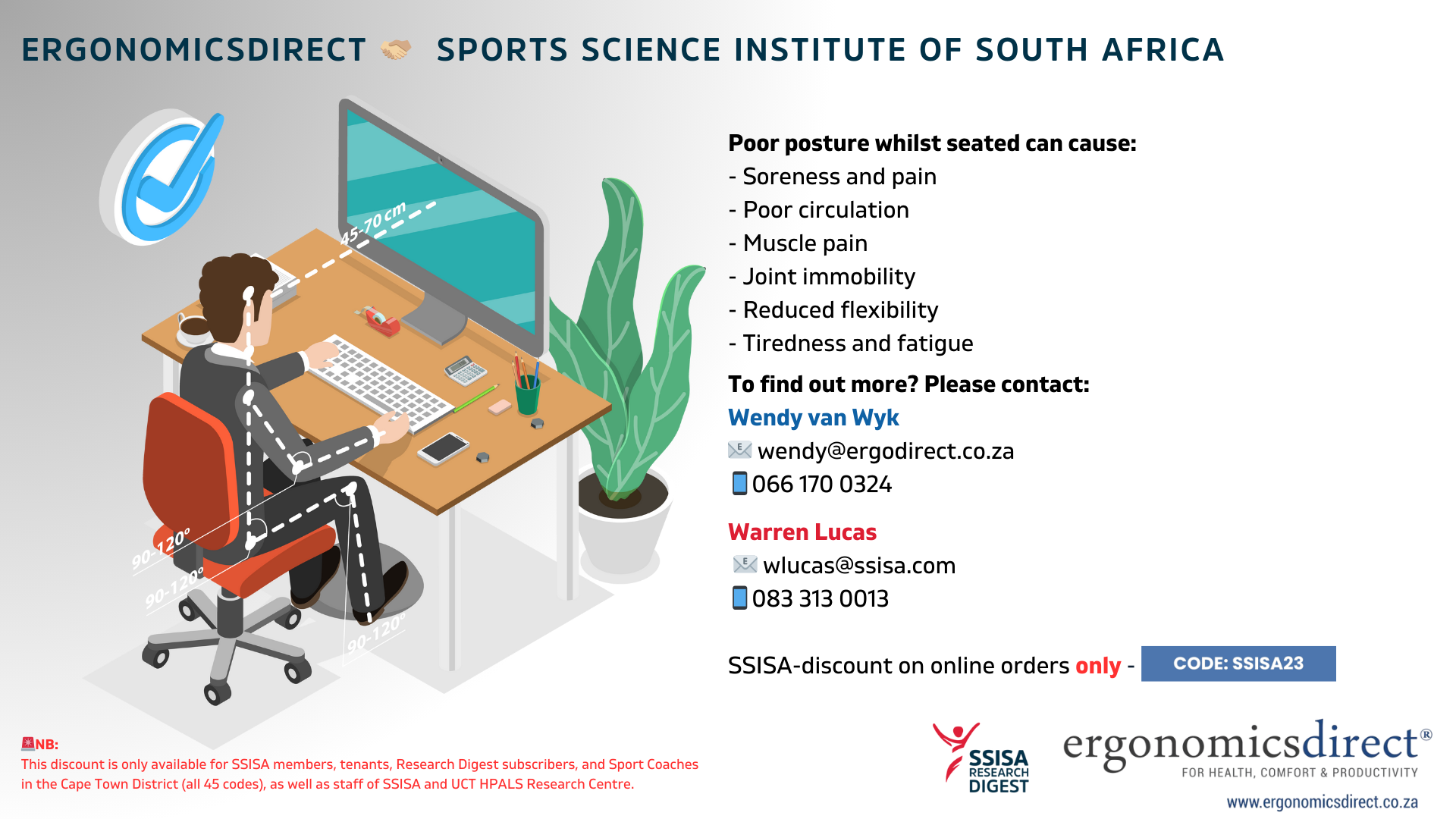
Ergonomics centres on integrating human considerations into the creation of items, work processes, and workplace settings (2). Additionally, it is characterised as the endeavour to adapt the system to human capabilities and limitations. This involves tailoring informed decisions, tasks, environments, tools, and equipment to accommodate the distinct attributes of human users (2,3). Implementing ergonomic principles goes well beyond simply adhering to safety guidelines; it embodies a forward-thinking strategy aimed at enhancing well-being and averting occupational musculoskeletal disorders (MSD) (2). Ergonomic interventions can substantially decrease the occurrence of ailments such as carpal tunnel syndrome, back discomfort, and tendinitis by recognising and tackling potential occupational hazards.
Ergonomic assessments are not just a nice-to-have—they are a legal requirement under workplace Health and Safety regulations. When the Department of Labour conducts audits, companies need to show that they are actively identifying and addressing ergonomic risks. But beyond compliance, investing in proper ergonomic assessments reduces workplace injuries, improves productivity, and fosters a healthier work environment for the employees. By educating future professionals on ergonomic best practices, we are not just ticking a box; we are helping to build a workforce that understands how to optimise environments for health and performance.
Ergonomics extend beyond injury prevention. Improved productivity, increased job satisfaction, and enhanced employee retention are all potential outcomes of well-implemented ergonomic interventions. As research continues to demonstrate the efficacy of ergonomic measures in reducing physical strain and improving workplace outcomes, it becomes increasingly clear that ergonomics should be more widely considered and integrated into workplace wellness strategies. The potential for ergonomics to contribute to public health on a broader scale is significant, making it an essential consideration for health practitioners across various disciplines.
In conclusion, the importance of ergonomics as a discipline for workplace wellness cannot be overstated. Its integration into the practices of health practitioners offers a powerful tool for promoting health, preventing injuries, and enhancing overall well-being in the workplace. As such, greater emphasis should be placed on incorporating ergonomic principles into the training and practice of health professionals, as well as into organizational policies and workplace design. By doing so, we can create work environments that not only protect employees from harm but actively contribute to their health and well-being.
1. Annisa, R., Hidayat, R., Winarso, K., Agustina, F., & Salimah, S. F. (2022). Ergonomics Leg Prosthetic Redesign Using An Anthropometric Approach. In MATEC Web of Conferences (Vol. 372, p. 8005). EDP Sciences. https://doi.org/10.1051/matecconf/202237208005
Learn more with SSISA Research Digest
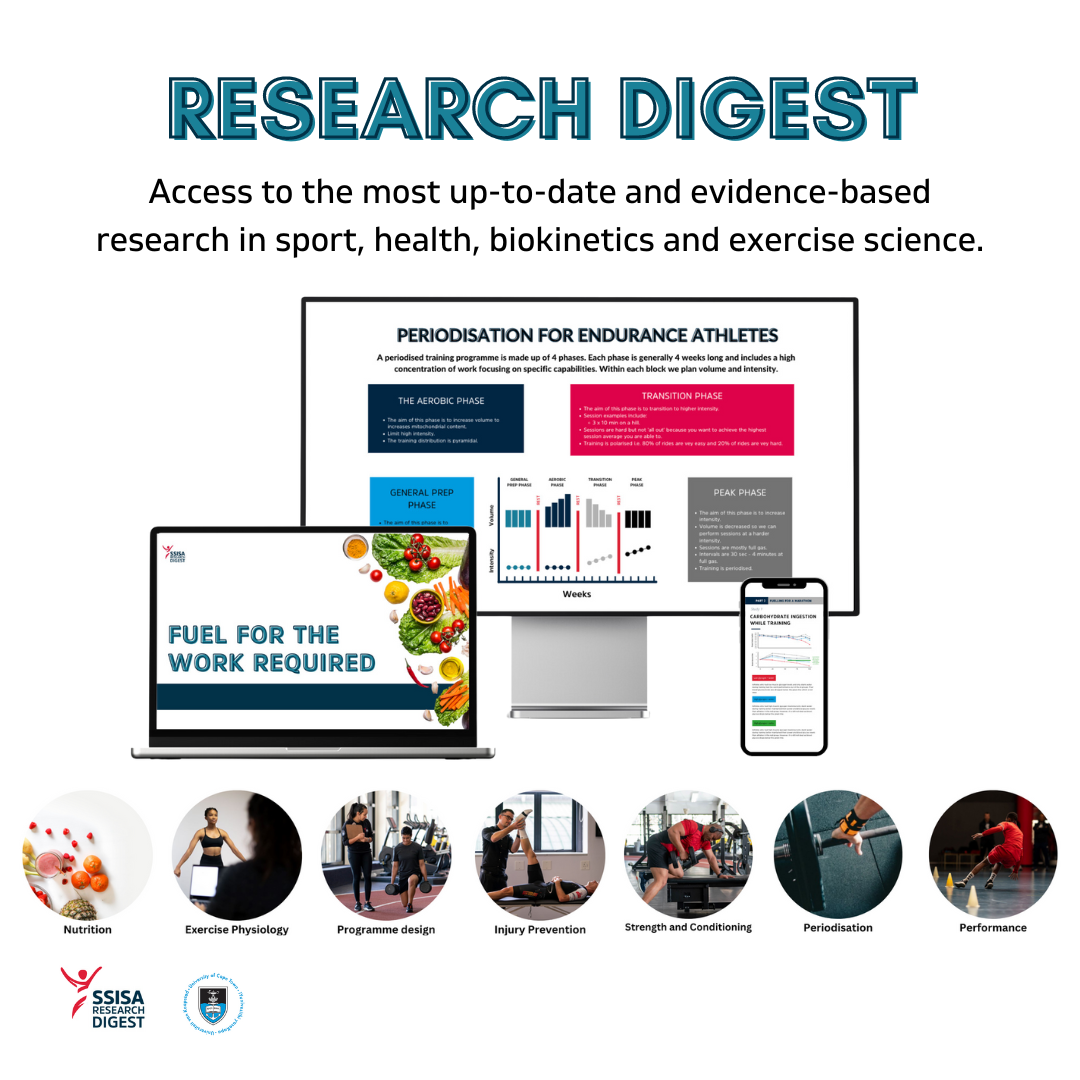
Learn more with SSISA Online Short Courses
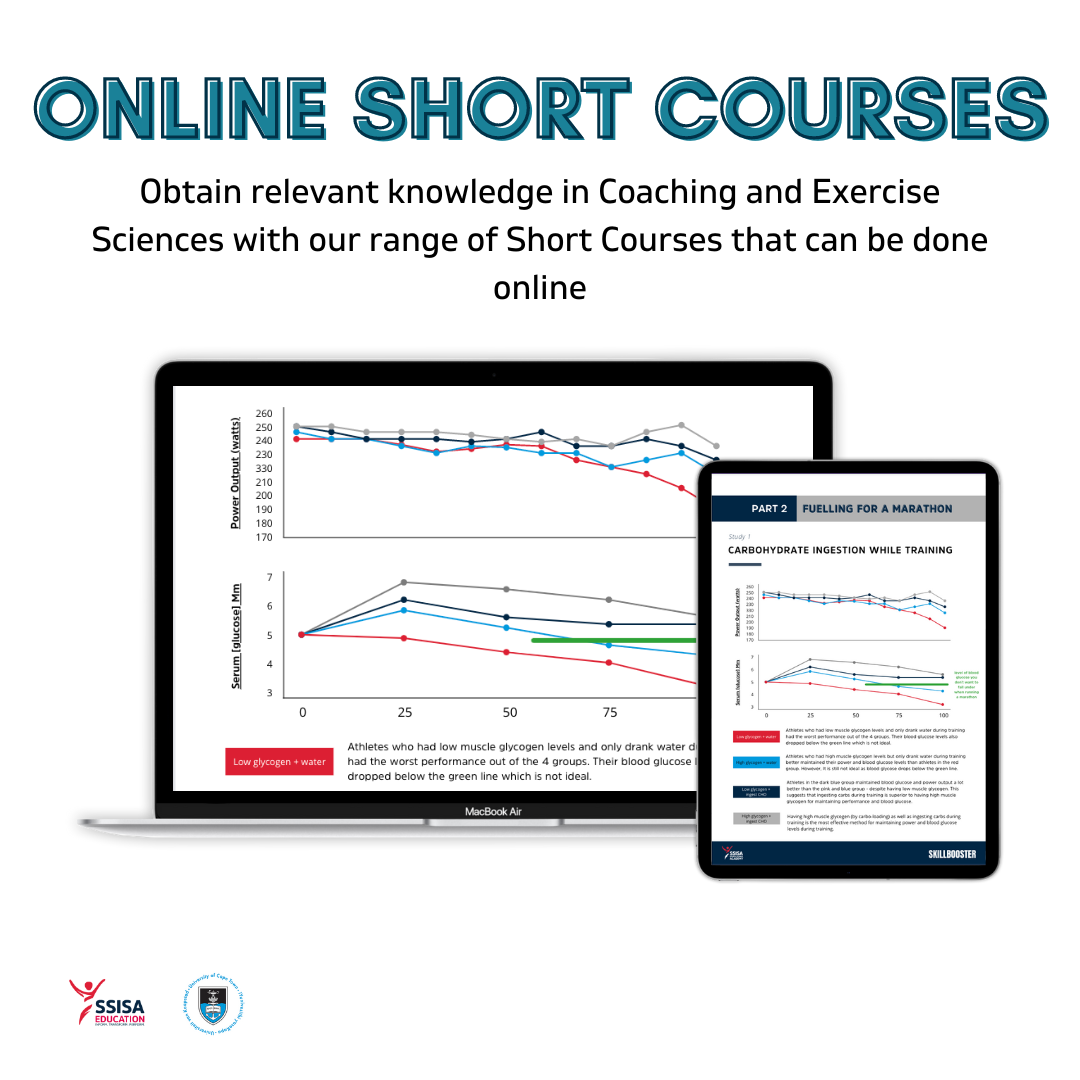
Learn more with SSISA Seminars

Learn more with SSISA Lectures & Masterclasses
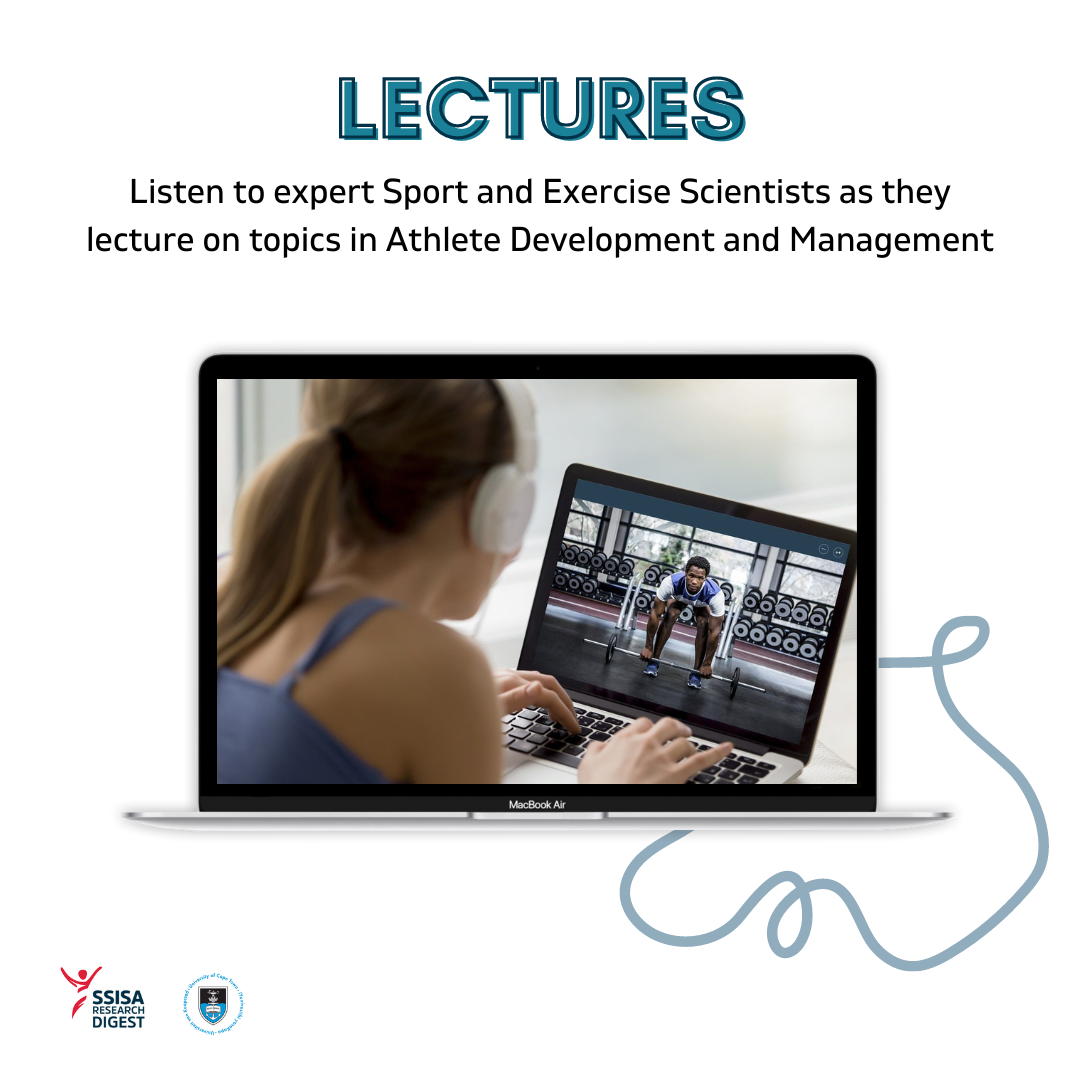
Learn more with SSISA Skillboosters
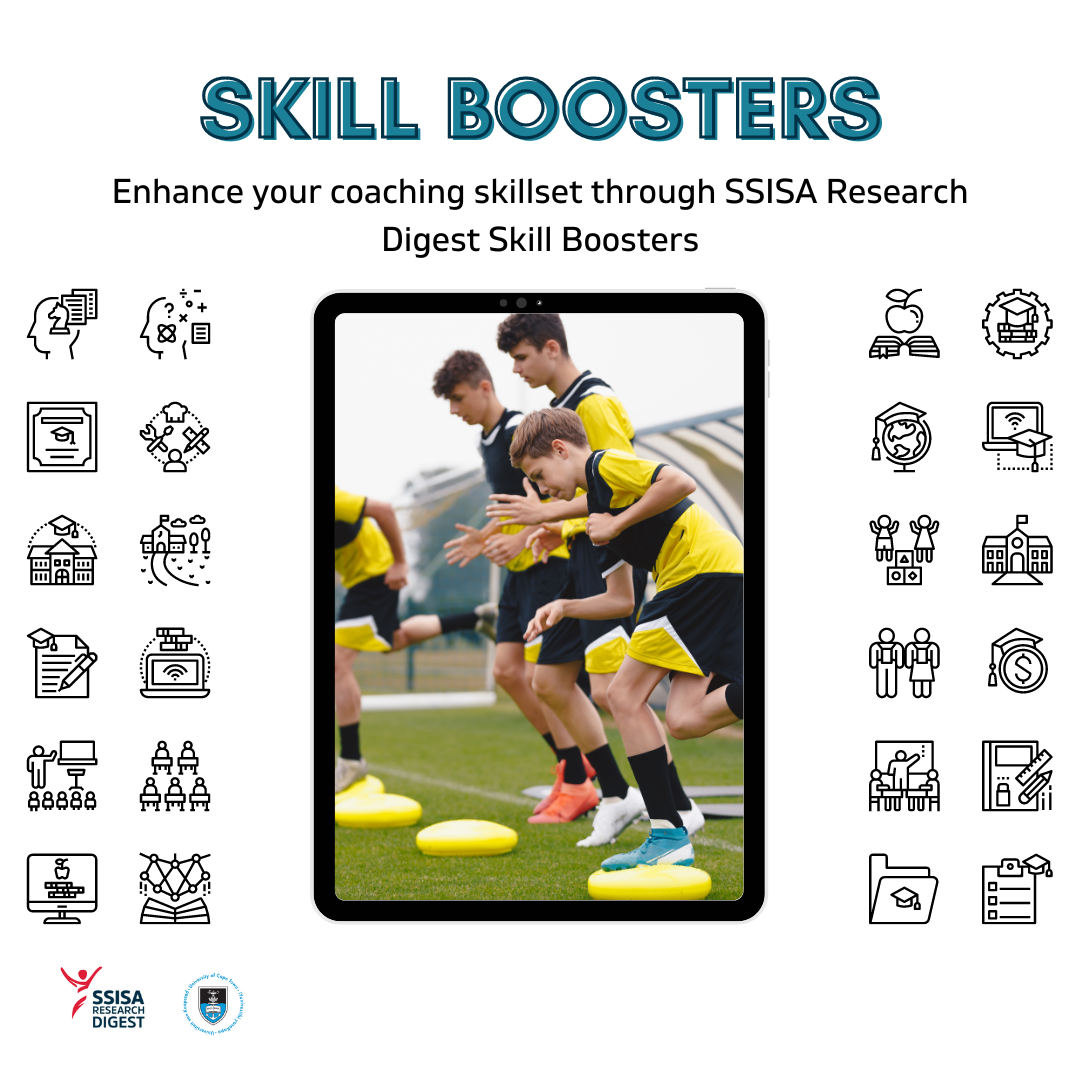
References
- Cornwall N, Swaithes L, Woodcock C, Healey EL, Hider SL. Implementation of physical activity interventions for people with inflammatory arthritis: an overview and future recommendations. Vol. 7, Rheumatology Advances in Practice. Oxford University Press; 2023.
- Birdee GS, Ayala SG, Wallston KA. Cross-sectional analysis of health-related quality of life and elements of yoga practice. BMC Complement Altern Med. 2017 Jan 31;17(1).
- Xu S, Baker JS, Ren F. The positive role of tai chi in responding to the covid-19 pandemic. Int J Environ Res Public Health. 2021 Jul 2;18(14).
- Strickland JC, Smith MA. The anxiolytic effects of resistance exercise. Vol. 5, Frontiers in Psychology. Frontiers Research Foundation; 2014.
- Xie Y, Wu Z, Sun L, Zhou L, Wang G, Xiao L, et al. The Effects and Mechanisms of Exercise on the Treatment of Depression. Vol. 12, Frontiers in Psychiatry. Frontiers Media S.A.; 2021.
- Herbert C, Meixner F, Wiebking C, Gilg V. Regular Physical Activity, Short-Term Exercise, Mental Health, and Well-Being Among University Students: The Results of an Online and a Laboratory Study. Front Psychol. 2020 May 26;11.
- Arsović N, Đurović R, Rakočević R. Influence of Physical and Sports Activity on Mental Health. Facta Universitatis, Series: Physical Education and Sport. 2020 Jan 16;559.
- Shaphe MA, Chahal A. Relation of Physical Activity with the Depression: A Short Review. J Lifestyle Med. 2020 Jan 31;10(1):1–6.
- Kondo M. Molecular Mechanisms of Exercise-induced Hippocampal Neurogenesis and Antidepressant Effects. JMA J. 2023 Apr 20;6(2):114–9.
- Archer T. Physical Exercise and its Impact on Psychology. Clin Exp Psychol. 2016;02(02).
- López-Torres Hidalgo J, Sotos JR, Salmerón LA, Gras CB, Rosa MC, Escobar Rabadán F, et al. Effectiveness of physical exercise in older adults with mild to moderate depression. Ann Fam Med. 2021 Jul 1;19(4):302–9.
- Brown DMY, Bray SR. Acute effects of continuous and high-intensity interval exercise on executive function. J Appl Biobehav Res. 2018 Sep 1;23(3). 13. Wheeler AJ, Roennfeldt H, Slattery M, Krinks R, Stewart V. Codesigned recommendations for increasing engagement in structured physical activity for people with serious mental health problems in Australia. Health Soc Care Community. 2018 Nov 1;26(6):860–70.
50% off
SSISA Research Digest

50% off
SSISA Research Digest


